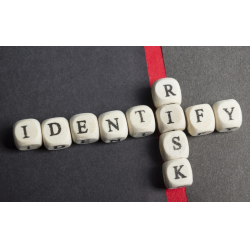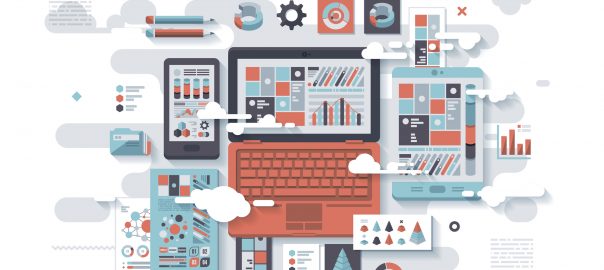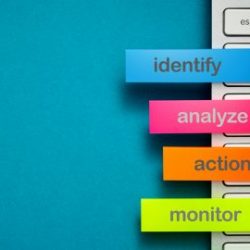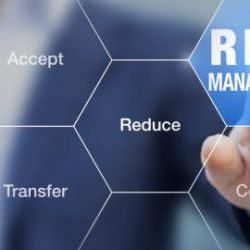A New York State Cybersecurity Regulation; A NY State of Mind and Direction for Financial Services
Exploring the intent and value offered through the New York State Department Of Financial Services 23 NYCRR 500; Cybersecurity Requirements For Financial Services Companies From time to time it’s worthwhile to explore an example of a regulation put into place to help define, encourage, and oblige sound cybersecurity and risk management practices. Financial institutions are[…]










